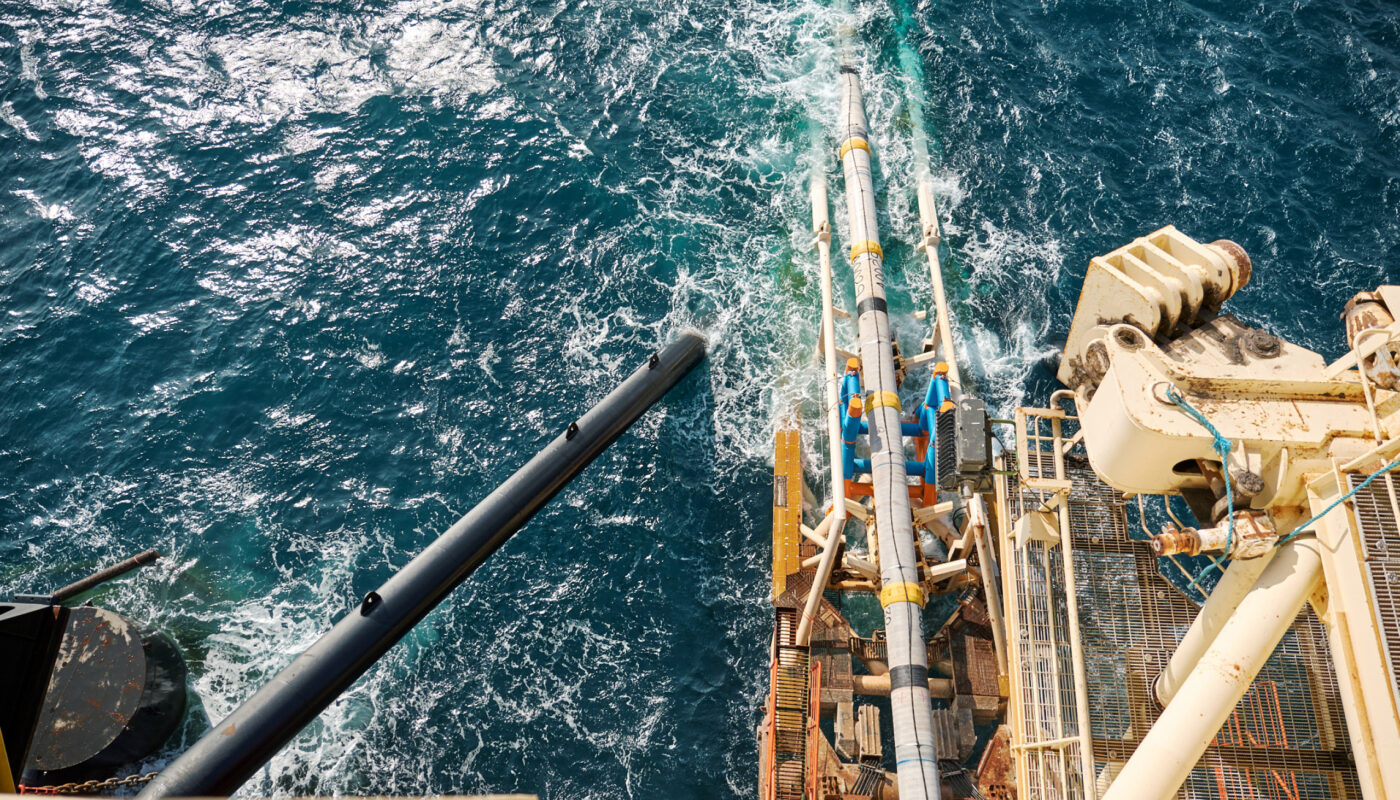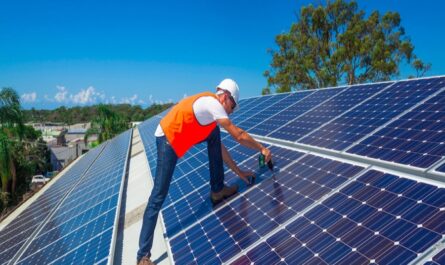Offshore pipelines play a vital role in transporting oil and gas produced from offshore fields to onshore refineries, storage terminals and processing facilities. Covering long distances across rivers, oceans and seas, offshore pipelines have enabled development of hydrocarbon reserves located far from shore.
Offshore pipelines are pipelines used for transporting oil and gas resources produced from offshore oil and gas fields and platforms. Made from high grade steel and coated for corrosion resistance, offshore pipelines help move oil and gas over long distances through difficult terrains underwater. Early offshore pipelines were limited to shallow water areas closer to shore. However, advancement in technologies has enabled laying of pipelines in ultra deep waters at depths greater than 3000 feet.
Types of offshore pipelines
Based on the product carried, offshore pipelines are classified as:
– Oil pipelines: Used for transporting crude oil from offshore oil platforms and fields to onshore facilities.
– Gas pipelines: Transport natural gas from offshore gas fields and platforms to onshore processing terminals.
– Multi product pipelines: Can carry both oil and gas through a single pipeline depending on requirement.
Based on location, Offshore Pipelines are either:
– Near shore pipelines: Laid in shallow coastal waters, rivers, lakes or ports close to shore. Easier to install and maintain.
– Deepwater pipelines: Installed in water depths greater than 500 feet, usually more than 30 miles offshore. Require sophisticated installation techniques.
– Ultra deepwater pipelines: Laid at water depths over 3000 feet, sometimes over 100 miles from shore. Pose major engineering challenges.
Materials and Coatings
Offshore pipelines are made from high grade line pipe steel to withstand pressures during operation and also external forces like corrosion, sea currents etc. Common line pipe grades used are X65, X70 or higher. As seawater is highly corrosive, offshore pipelines require external protective coatings. Commonly used coatings include fusion bonded epoxy, concrete weight coating and three layer polyethylene. Internal coatings also protect against internal corrosion due to transported fluids.
Installation Challenges
Installing offshore pipelines poses unique technical challenges due to harsh underwater environment and conditions. Deepwater installation requires specialized pipelay and construction vessels while routing pipelines to avoid obstacles underwater. Trenching and backfilling techniques are adopted for protection against natural hazards. Deepwater S-lay, J-lay and reel lay methods are commonly used depending on water depth and pipe size. Subsea welding and testing need to be done with precision.
Offshore Pipeline Transportation
After installation, offshore pipelines facilitate transportation of oil and gas over long distances. Pump stations at intervals boost pressure to maintain product flow. Compressor stations also help in gas pipeline transportation. Pipeline inspection gauges monitor internal pipe conditions. Leak detection systems monitor for any breaches. Supervisory control and data acquisition systems enable remote monitoring and operation of pipelines.
Marine Pipeline Routing
Proper routing and alignment is important to avoid navigational hazards, crossing other infrastructure and minimizing environmental impacts. Relevant authorities need to approve pipeline routes. Near shore routes commonly follow underwater contours. Deepwater routes require complex planning considering water depths, currents, seabed conditions, existing infrastructure etc. 3D seismic surveys help determine optimal routes.
Safety and Integrity Management
As offshore pipelines carry flammable hydrocarbons over long distances, safety is paramount. Pipeline operators have safety and integrity management programs covering design, maintenance, monitoring, response etc. Periodical internal inspections using smart pigs detect anomalies. External corrosion protection needs periodic inspection and repair if required. Accidental damage from fishing nets or anchoring needs to be prevented through advisories and marks on charts. Leak detection systems trigger prompt response in case of any breaches.
*Note:
1. Source: Coherent Market Insights, Public sources, Desk research
2. We have leveraged AI tools to mine information and compile it



